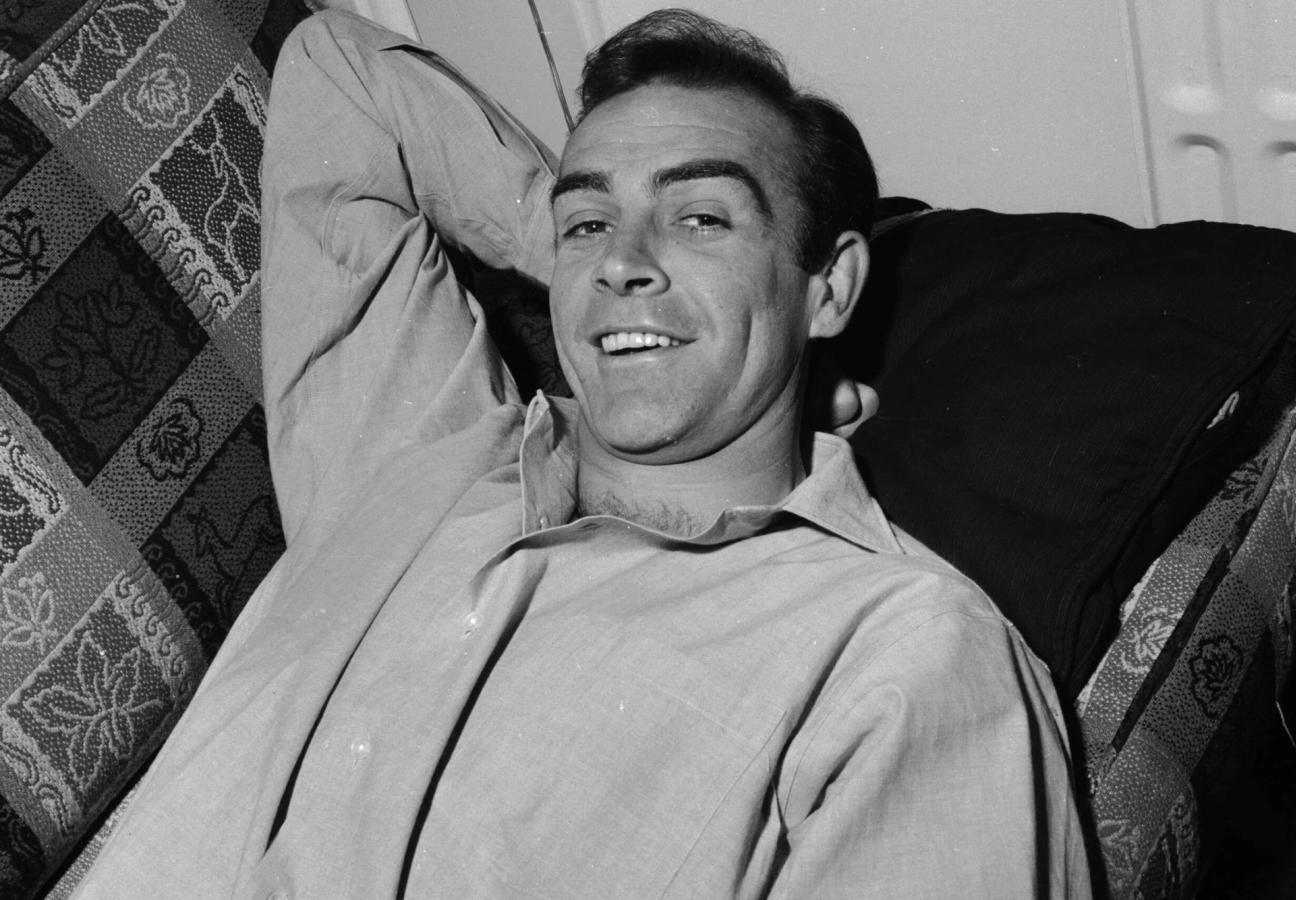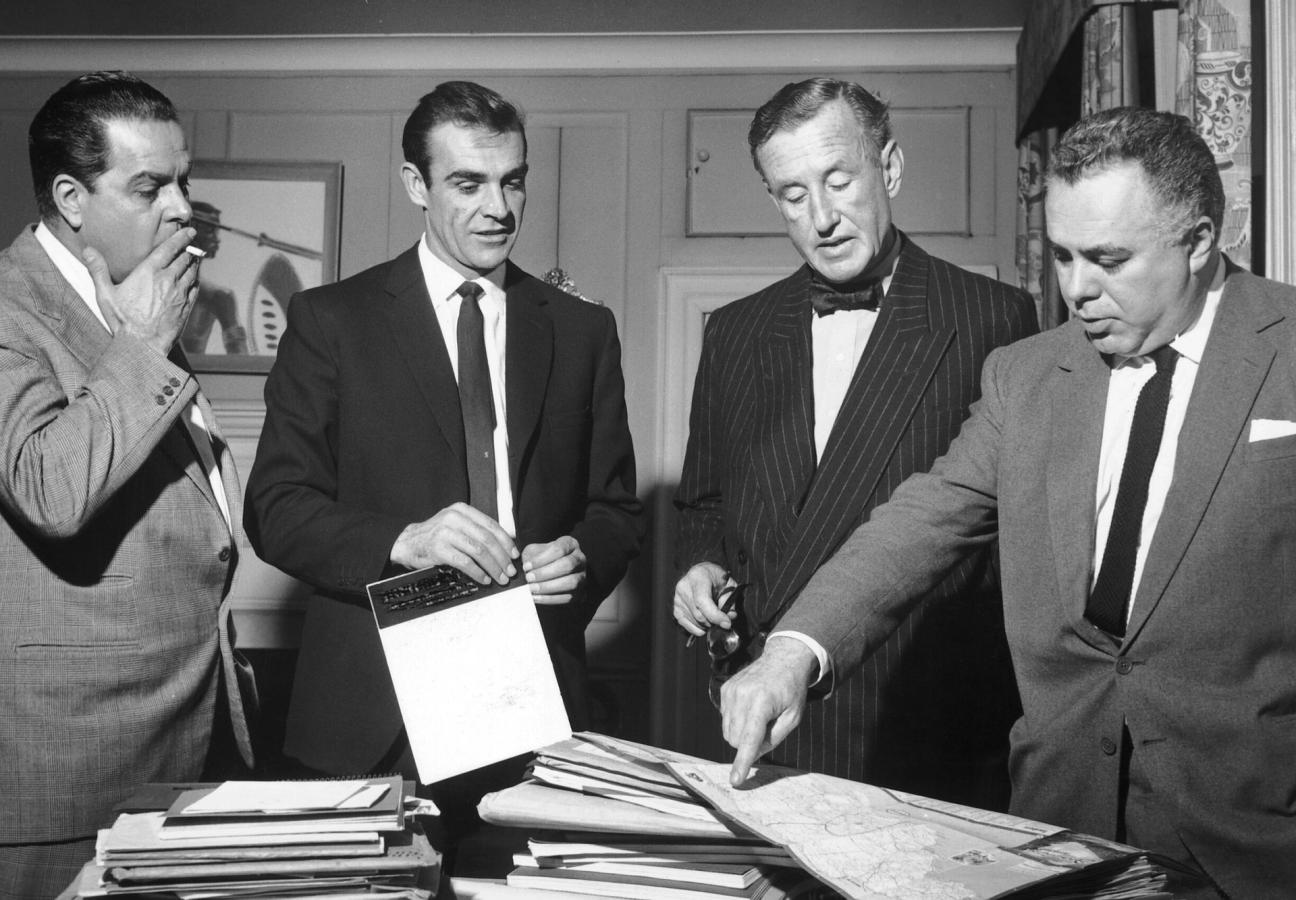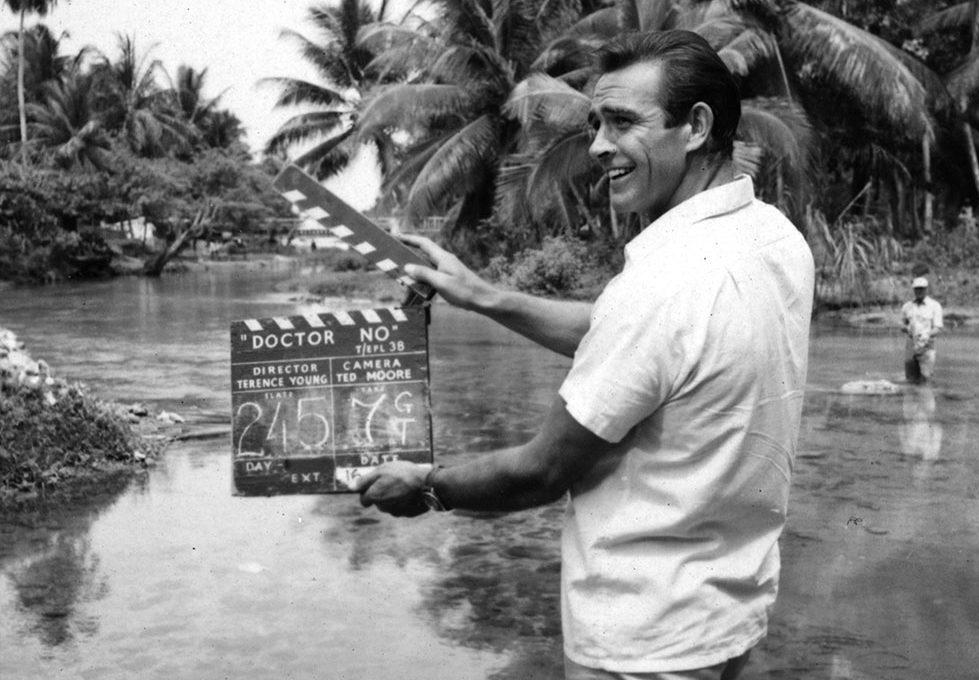

Words: Jonathan Wells
Over the weekend — at the age of 90, and resting easy on a cinematic legacy that defined the 20th century — Sir Sean Connery passed away. To this day, he remains the only official 007 actor to win an Oscar (for 1987’s The Untouchables), and was knighted by the Queen two decades ago for his services to drama. But his most valuable contribution to the silver screen will always be Dr. No — the film that sparked Eon Production’s 25-strong, still-running James Bond film franchise.
But how did a young man from Edinburgh, whose first job was a local milkman, come to embody the iconic superspy — and become one of the most famous actors in the world as a result?

Connery’s first passion was not acting. Instead, it was the iron-pumping, muscle-sculpting art of bodybuilding. It was an interest he developed during his teenage years; a hobby maintained during a stint in the Navy and a slew of subsequent, singular jobs including lifeguard, artist’s model and coffin polisher. And it would be this brawny, powerful pastime that would introduce Connery to the acting profession.
In 1953, the young Scotsman found himself in London attending a bodybuilding competition. A fellow muscleman mentioned that the King’s Theatre was holding open auditions — for a production of Rodgers and Hammerstein’s South Pacific. Connery went along, was initially placed in the chorus, and worked his way up to understudy of the lead. He was a natural talent.
Over the next decade, Connery picked up bit-parts in many diverse films — from thriller Time Lock and adventure epic Tarzans’s Greatest Adventure to 1961 comedy caper On the Fiddle. But, while the Scotsman was busy making a name for himself, producers Harry Saltzman and Albert R. “Cubby” Broccoli were busy wrangling a man of their own.
That man’s name was James Bond. Saltzman and Broccoli, already seasoned producers, had won the rights to Ian Fleming’s popular 007 novels — and just received authorisation from United Artists to bring Dr. No to the big screen. (Plans to use Thunderball as the first film fell through due to legal disputes.) The newly-minted Eon Productions began work in earnest, laying the foundations for a franchise and searching for that most important, most elusive piece of the puzzle; their protagonist.
After due consideration, Cary Grant was chosen — and given the part. The contract was written up, and all but signed, when the Hollywood leading man revealed he would only make one film. Grant was already 58-years-old, and refused to commit to a series of pictures. Saltzman and Broccoli, however, still envisioned Dr. No as the first film in a franchise — and were forced to drop their top choice for Bond.
Other names were kicked around — including Patrick McGoohan of The Prisoner fame and David Niven (who was also over 50-years-old at the time). The director hired to helm Dr. No, Terence Young, was pushing for Shakespearean actor Richard Johnson to take the role. Even Roger Moore, a future 007, was considered — although Broccoli considered him “too young, and perhaps a shade too pretty”.

And then Fleming himself weighed in. An actor named Richard Todd was the author’s choice — the performer who had embodied Wing Commander Guy Gibson in The Dam Busters. He was tall, handsome, commanded the screen; the perfect Bond. But Saltzman and Broccoli disagreed. An agreement couldn’t be reached — and the search was restarted yet again.
(Around this time, The Daily Express decided to launch a contest: ‘Find James Bond’. It was 1961, and newspaper columnist Pat Lewis was determined to do his bit in the search for the superspy. Six finalists ended up being chosen — with every one actually screen-testing for Broccoli, Saltzman and Fleming. Once again, a candidate was chosen from this pool — a 28-year-old model, Peter Anthony. However, despite his ‘Gregory Peck’ looks and enthusiasm, he proved an inadequate actor.)
Sean Connery: an exponent of tailoring at its finest — and in its heyday, perhaps
And so along came Connery. At least a decade younger than most of the serious candidates, he was a rank outsider for the part. He didn’t have the acting experience of Cary Grant or David Niven. Fleming reviled him, referring to Connery as “the working-class Scot” and telling producers: “I’m looking for Commander Bond, not an overgrown stunt-man”. Nevertheless, Broccoli and Saltzman agreed to meet the actor for lunch.
He didn’t make the best first impression. Connery appeared at the restaurant looking dishevelled, with Broccoli in particular recalling that he was wearing unpressed clothes, and looked unkempt. But Dana Broccoli, Cubby’s wife, had persuaded her husband to give Connery a chance — and so here they were, across the table from the man who would be Bond.
By the end of the meal, the 32-year-old Scotsman had won the part. He never ever had an official screen-test for the role. Why? Because, despite his crumpled appearance, Connery put on an assertive, reckless and masculine act at lunch — proving his mettle, confidence and acting ability to the producers. But what really sealed the deal was his exit. As he left the table, and stalked back to his car, Saltzman and Broccoli famously watched Connery through the window. “He moved,” Saltzman recalled, “like a jungle cat.”

But, while Connery may have had his feline sensibilities, there was still much to do. The Scotsman presented something of an Eliza Doolittle, and director Terence Young — who also saw the Bondian diamond in Connery’s rough — decided to take the actor under his wing to prepare him for the role. Young escorted Connery to his personal hairdresser for a good groom, and to his tailor, Anthony Sinclair, to be fitted for new, form-flattering suits.
He taught him how to be James Bond.
And Ian Fleming, still seething from the sidelines, was soon to eat his words. The author’s girlfriend, Blanche Blackwell, tried to convince Fleming that Connery had the requisite raw masculinity and sexual charisma for the role, but still Fleming baulked. It was only after stepping out of the Dr. No premiere that Fleming did an about-turn.
Suddenly, after seeing Connery in action and his creation come to life, Fleming proclaimed both his admiration and adoration for the actor. In fact, he was so won over by the performance that in his next-but-one 007 novel, You Only Live Twice, Fleming gave the character of James Bond Scottish ancestry, to mirror Connery’s own.
The rest is film history. Connery went on to make six official Bond films — as well as 1983’s standalone Never Say Never Again. His take on the character has become the stuff of pop culture legend, defining modern masculinity and heralded as the ultimate gentlemanly ideal. And, earlier this year, a nationwide poll saw Connery voted the best-ever Bond — taking 56% of all votes cast. Not a bad legacy for a ‘working-class Scot’…
Want more 007? These are the 10 favourite brands of Daniel Craig’s James Bond…
Become a Gentleman’s Journal member. Find out more here.


